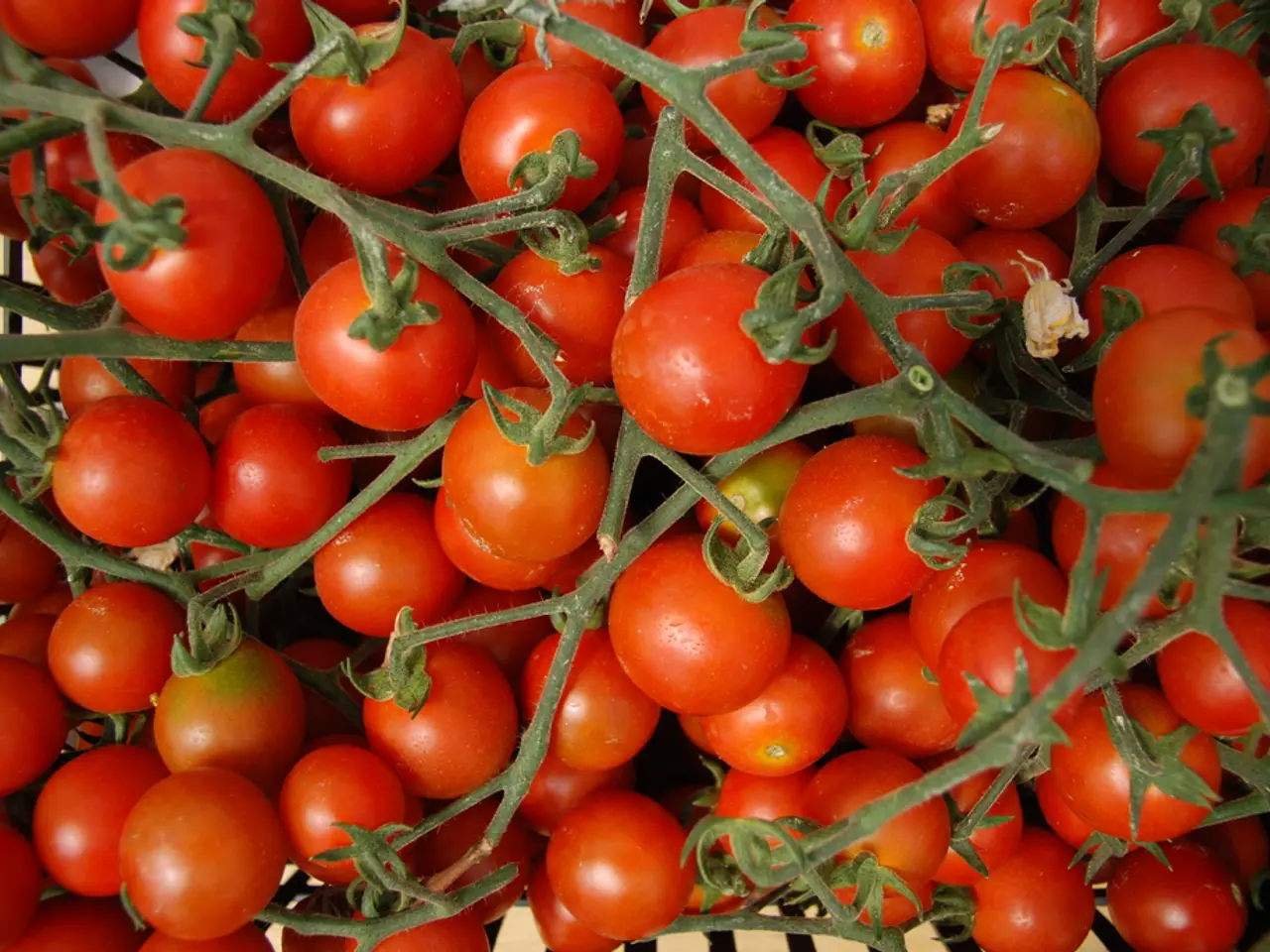Question Regarding the Removal of Lower Leaves on Tomato Plants
In hot, arid climates, maintaining a healthy tomato plant can be a balancing act. But one simple practice—pruning lower leaves—can offer multiple benefits that directly impact plant health, disease prevention, fruit production, and overall garden success.
**Improved Airflow and Disease Prevention**
Removing lower leaves, especially those that are yellowed or touching the soil, enhances air circulation around the plant. This helps reduce humidity and moisture buildup that can lead to fungal diseases such as blight and other soil-borne infections. Pruning also prevents leaves from contacting the soil, a common source of fungal spores.
**Healthier Plants**
By cutting off lower leaves that are no longer beneficial or look unhealthy, the plant focuses energy on maintaining robust, healthy foliage elsewhere. This reduces the risk of disease spread and encourages better overall growth.
**Better Light Penetration**
Removing dense lower foliage allows sunlight to reach more parts of the plant and even the soil, which can help fruit ripening and efficient photosynthesis.
**Larger and Earlier Fruit Production**
Pruning directs the plant's resources away from excessive foliage growth toward fruit development. Careful removal of suckers and lower leaves enables the plant to produce larger fruit earlier in the season by boosting sugar production and ripening speed.
**Easier Maintenance and Size Control**
Pruned plants are more manageable, especially container-grown tomatoes, and can be kept appropriately sized for their space constraints. Staking or caging combined with pruning keeps plants upright and off the ground, further preventing disease.
**Best Practices for Pruning Lower Leaves on Tomato Plants**
- Start Early and Prune Regularly: Begin removing lower leaves as soon as the first fruit clusters appear and continue taking off 2-4 leaves weekly from the bottom upward. This promotes earlier ripening and sustained airflow. - Focus on Indeterminate Varieties: Indeterminate tomato plants benefit the most from pruning, as they grow continuously. Determinate varieties generally need only the removal of leaves touching the ground or those that are unhealthy. - Remove Yellow or Diseased Leaves Promptly: Leaves showing signs of yellowing or disease should be cut off immediately to prevent spreading pathogens. - Pinch or Cut Suckers Early: Suckers grow in the junction between the main stem and branches; removing them when small prevents excessive foliage and focuses energy on fruit. - Use Clean Tools: Always prune with clean, sharp pruning shears or pinch off leaves carefully to avoid damaging the plant and introducing diseases. - Support Plants Properly: Using cages or stakes keeps the tomato plants upright, supporting the pruned structure and keeping foliage off the ground, reducing disease risk further.
**Impact on Garden Results**
Pruning lower leaves contributes to healthier plants with less disease occurrence, resulting in a more productive tomato harvest with larger and better-quality fruit. The improved airflow, light penetration, and energy allocation toward fruit accelerate ripening and help gardeners obtain earlier and more abundant yields.
In summary, pruning lower leaves on tomato plants is a vital cultural practice that manages plant vigor, reduces disease pressure, improves fruit quality, and enhances overall garden productivity when done thoughtfully and regularly. Gardeners can reap the rewards of a bountiful and disease-free tomato harvest by following these best practices.
Enhancing the home-and-garden lifestyle, pruning lower leaves on tomato plants not only promotes improved airflow and disease prevention but also contributes to healthier plants. By concentrating the plant's energy on maintaining robust foliage and directing resources towards fruit development, gardeners can look forward to better overall growth, larger and earlier fruit production, and easier maintenance.





